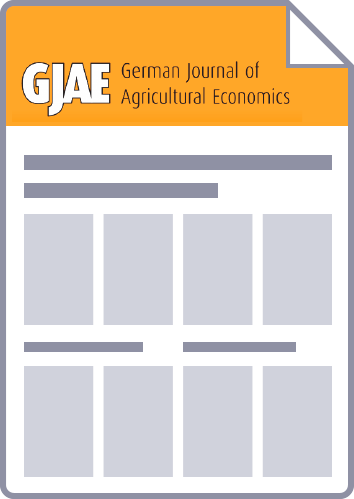In the sugar marketing year 2021/22 (MY, Oct.-Sept.) the recovery in world market prices for raw and white sugar observed in the previous year slowed significantly. This development was mainly driven by macroeconomic uncertainties. In the first months of the marketing year, news about new corona strains has fueled concerns about further prolonged lockdowns. Towards the end of the marketing year sharply rising inflation rates, which were expected to lead to a significant weakening of demand, put pressure on prices. Thus, the upward trend in global sugar prices slowed down in the 2021/22 sugar marketing year, despite a tight global supply. In the coming months, prices could even come under further pressure, as the global sugar market is expected to turn into surplus in the marketing year 2022/23. An increase in production is expected in particular for Brazil and Thailand, whereas due to dry weather conditions production of the EU-27 is estimated to decline compared to the previous year. Hence, in contrast to the world market, the EU sugar market remains in deficit, which could support prices in the coming months. Already towards the end of the 2021/22 marketing year, the EU sugar price soared and reached roughly the level of the 2016/17 marketing year, the last year before production quotas were lifted in the EU. Despite rising prices, however, the consolidation of the EU sugar market following the abolition of production quotas for sugar and isoglucose is still ongoing. In the 2021/22 marketing year, Germany was the largest sugar-producing country in the EU for the second consecutive year, overtaking France in the ranking of the largest EU sugar-producing countries. Poland was able to defend its position. The development of the EU isoglucose market was less dynamic. If, however, the supply situation in the EU remains tight and prices continue to rise, the supply gap could be closed not only by increasing sugar imports but also by a growing market share for isoglucose. The EU sweetener market may therefore afford some surprising future developments.



